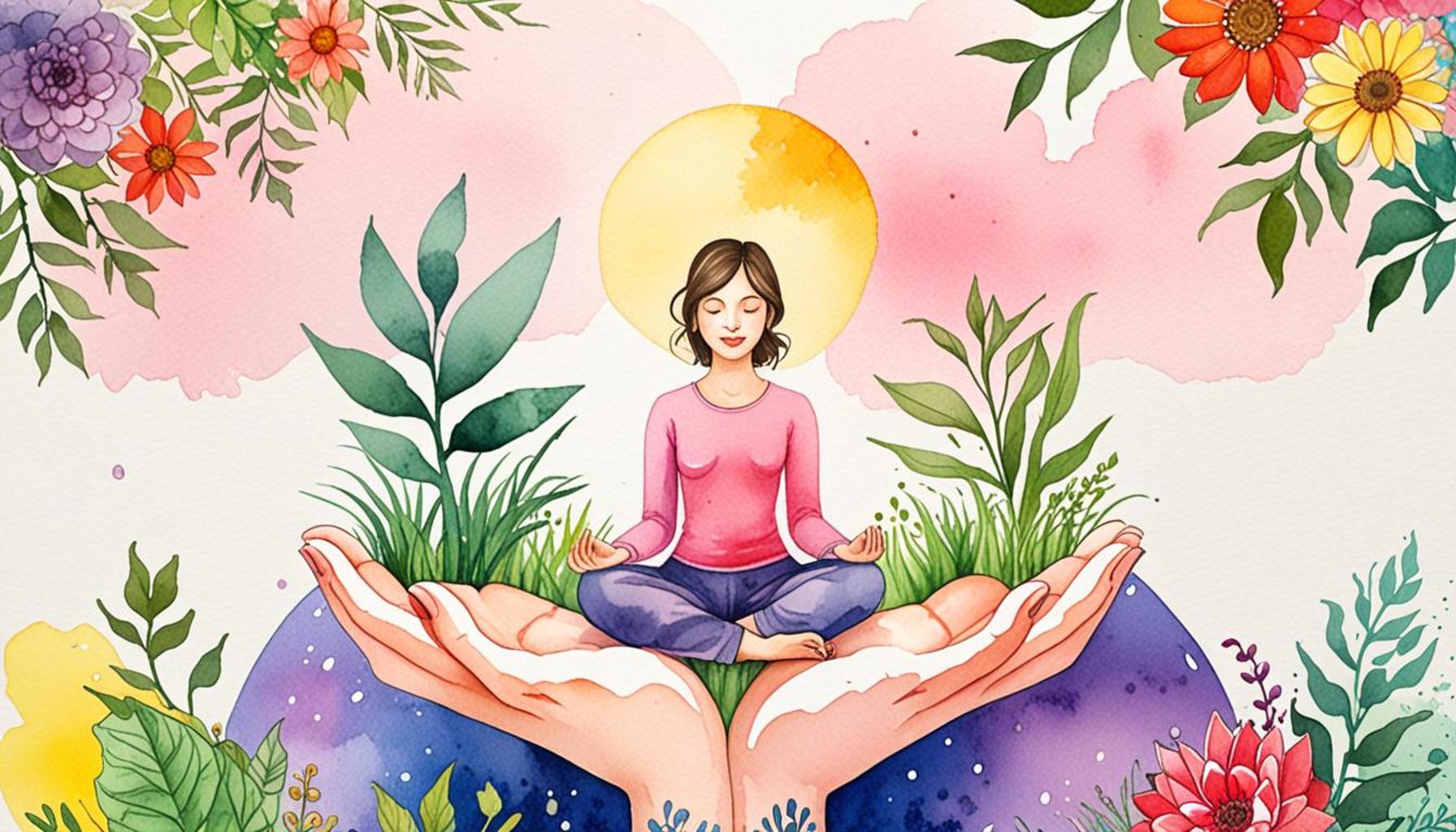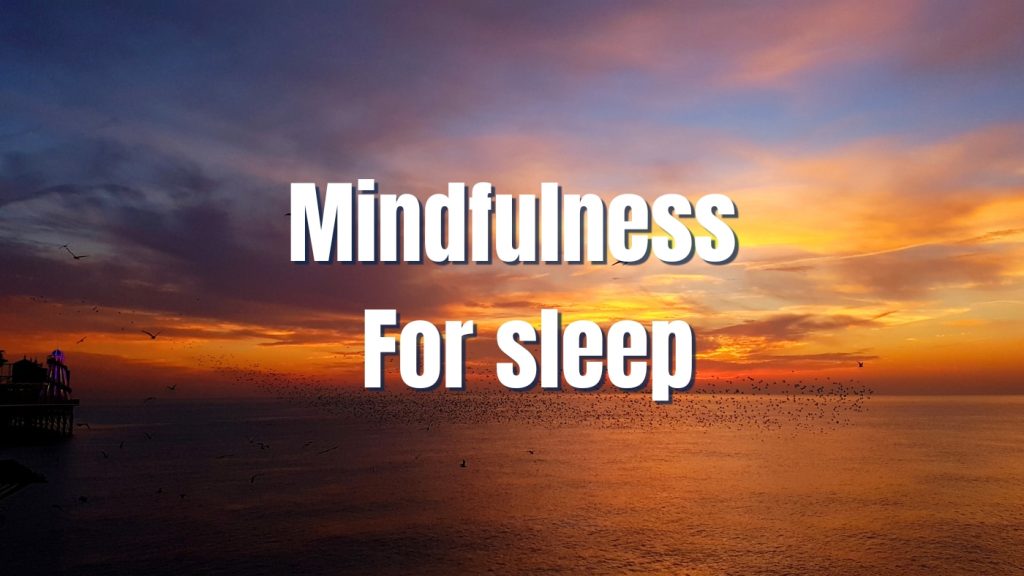Cultivating Mindfulness: Mindful Living Strategies to Simplify Physical and Mental Space

Understanding Mindfulness
In a world that seems to be moving at lightning speed, the art of mindfulness has become increasingly important. With the constant barrage of notifications, social media updates, and the everyday hustle and bustle, our ability to focus and connect with our surroundings is often compromised. Cultivating mindfulness is not just a trendy lifestyle choice; it is a powerful approach to maintaining balance and peace in our daily lives. By fostering a mindful lifestyle, individuals can find much-needed clarity and purpose amidst the chaos that surrounds them.
Physical Space Management
One of the foundational strategies for embracing mindfulness is through physical space management. Research suggests that a cluttered environment can lead to feelings of stress and anxiety. By decluttering your home or workspace, you not only create a more serene atmosphere but also enhance your ability to concentrate. For example, consider dedicating just 15 minutes a day to decluttering a specific area of your home. You might be surprised at how a clean, organized desk or a minimalist living room can positively impact your mood.
Moreover, incorporating elements of nature, such as plants or calming colors, can further enhance your space’s tranquility. Many people find that even small changes, like re-arranging furniture or investing in storage solutions, can drastically alter their perception and enjoyment of their environment.
Mental Space Optimization
Equally essential to cultivating mindfulness is mental space optimization. Mindfulness techniques, including meditation and breathing exercises, have been shown to significantly reduce mental clutter. For those new to meditation, apps like Headspace or Calm offer guided sessions suitable for all levels. Even a simple practice of deep breathing for a few minutes can reset your mind and provide clarity.

Incorporating short mindfulness breaks into your day can also be beneficial. For instance, taking a moment during your lunch break to focus solely on your food—savoring each bite, acknowledging the flavors, and appreciating the nourishment—can transform your everyday experiences into moments of mindfulness.
Intentional Living
Ultimately, intentional living is the crux of a mindful lifestyle. This approach encourages individuals to focus on what truly matters in their lives, whether that be relationships, passions, or personal growth. Setting intentional goals can help prioritize activities and commitments, leading to increased happiness and fulfillment. For example, if you find joy in painting or hiking, make time for these activities by scheduling them into your week. When you focus on what resonates with you, distractions fade, and a clear path emerges.
As life continues to accelerate, the importance of disconnecting and engaging in mindful practices becomes ever more pressing. Studies have revealed that individuals who practice mindfulness tend to experience enhanced emotional regulation, reduced stress levels, and improved focus. By integrating these simple strategies into your daily routine, you can cultivate a profound sense of calm and clarity.
Join us on this journey to discover how embracing a thoughtful lifestyle can transform both your surroundings and your mental state, offering a gateway to ultimate peace and simplicity.
DISCOVER MORE: Click here to learn how reducing apps can enhance your minimalist lifestyle
Practical Steps to Harmonize Your Environment
As we dive deeper into the transformative world of mindful living, it’s crucial to understand practical steps that can facilitate a smoother transition toward mental and physical harmony. The environment surrounding us directly impacts our mental state; a well-organized space contributes to a clearer mind. Here are some actionable strategies to help you cultivate mindfulness in your physical surroundings:
1. Create a Decluttering Ritual
Implementing a decluttering ritual can be an enlightening practice. Choose a day of the week dedicated to tidying up. Consider these steps:
- Choose a space: Start small, perhaps with a single drawer or shelf.
- Sort items: Use the “keep,” “donate,” and “discard” method to evaluate what stays and what goes.
- Evaluate worth: Ask yourself if an item has genuinely contributed to your happiness; if not, it may be time to let it go.
- Maintain organization: Invest in clear storage bins to help you categorize and see what you own, reducing future clutter.
This small yet effective ritual not only clears your space but also fosters a sense of accomplishment, actively boosting your mood.
2. Designate Mindful Areas
Another effective strategy is to create designated mindful areas in your home. These are spaces engineered for relaxation or reflection, completely free from distractions. The setup could include:
- A quiet reading nook: Cozy armchairs, soft lighting, and access to your favorite books.
- A meditation corner: A mat, cushions, candles, or essential oils to create a calming atmosphere.
- A nature-inspired zone: Introducing plants or natural light can significantly uplift the energy in your home.
These areas serve as personal retreats where you can disconnect from the chaos of daily life and reconnect with yourself.
3. Incorporating Mindful Movement
Mindful movement is a cornerstone of physical well-being that can significantly enhance your mental clarity. Activities such as yoga, tai chi, or even a simple walk in nature encourage physical engagement while allowing for mental reflection. Studies show that mindful movement reduces anxiety and stress levels, promoting a balanced state of mind. Here are some simple ways to incorporate mindful movement:
- Morning stretches: Begin your day with a short stretching routine to awaken your body and mind.
- Mindful walking: Pay attention to your footsteps, the sensations of your feet touching the ground, and the beauty around you.
- Join a class: Participating in local yoga or tai chi sessions can provide community connections while deepening your practice.
By integrating movement into your mindfulness journey, you address both physical and emotional facets of your life, enhancing your overall well-being.
In essence, cultivating mindfulness requires active participation in shaping both your environment and your approach to daily activities. By adopting these strategies, you create not only a simplified physical space but also a more serene mental landscape, aligning each aspect of your life with the principles of mindful living.
| Advantage | Description |
|---|---|
| Enhanced Focus | Practicing mindfulness can lead to improved concentration, enabling individuals to prioritize tasks effectively. |
| Emotional Clarity | Utilizing mindful strategies promotes emotional regulation, which aids in making informed decisions within a simplified mental framework. |
In the fast-paced world, the need for cultivating a mindful lifestyle is more evident than ever. By simplifying both physical and mental spaces, individuals can create an environment that encourages not just relaxation but also productivity. Techniques like decluttering and organized scheduling are vital components of a mindful approach. They help maintain focus and emotional balance, essential for overall well-being.For those looking to integrate mindfulness into their daily routine, simple practices such as regular meditation or dedicated time for reflection can pave the way for a more serene existence. Adopting these strategies not only enhances personal satisfaction but also fosters deeper connections with oneself and others. This focus on mindful living unveils a rich path toward a simplified yet fulfilling life.
DISCOVER MORE: Click here to find out how to create a calming minimalist space</
Engaging the Senses for a Mindful Experience
To truly embrace mindful living, it is essential to engage all your senses consciously. By doing so, you can transform a simple activity into a profound experience that enriches your mental and physical space. Below are several sensory-focused strategies that allow you to slow down and indulge in mindfulness in your day-to-day life:
1. Mindful Eating
Mindful eating is more than just a trend; it’s a lifestyle choice that can significantly impact your relationship with food. Engaging fully during meals can foster a healthier mindset. Consider the following aspects:
- Visual appreciation: Before you eat, take a moment to enjoy how the food looks on your plate. Notice the colors, shapes, and arrangement.
- Savor each bite: Chew slowly, allowing the flavors to unfold. This practice not only enhances your enjoyment but also aids digestion.
- Listen to your body: Pay attention to hunger and fullness cues. Ask yourself if you’re eating out of hunger or emotion.
This approach transforms mealtime from a rushed obligation into a conscious ritual, providing mental satisfaction and reducing the chances of overeating.
2. Nature Immersion
Engaging with the natural world can be a powerful mindfulness practice. Evidence suggests that spending time outdoors enhances emotional well-being and fosters creativity. Here are a few ways to immerse yourself in nature:
- Go for a nature walk: Seek out local parks or hiking trails and dedicate time to watch the trees sway, feel the breeze, and listen to chirping birds.
- Gardening: Cultivating a garden, whether a flower bed or a vegetable patch, allows for hands-on engagement and encourages a deep connection with the earth.
- Participate in local community clean-ups: Engaging with your community enhances your connection to a shared space while giving back, significantly lifting your mental state.
Through nature immersion, your surroundings transform and become sanctuaries of calm, allowing you to breathe easier while clearing your mind.
3. Utilize Aromatherapy
The power of scent should not be underestimated when it comes to creating a tranquil environment. Aromatherapy can profoundly influence our emotions and psychological state. Here’s how to effectively incorporate scents into your mindful living:
- Essential oils: Use a diffuser with calming essential oils such as lavender, chamomile, or sandalwood to promote serenity in your space.
- Be intentional with scents: Burn candles or incense during meditation, creating a unique atmosphere that enhances relaxation and focus.
- Seasonal scents: Change your scents with the seasons, using fresh citrus in the summer and comforting cinnamon during the winter to align with the rhythms of nature.
By tapping into the sense of smell, you elevate your environment and cultivate mindfulness in an approachable way, framing your physical space as a haven of relaxation.
4. Engage in Creative Expression
Another impactful method to foster mindfulness is through creative expression. Engaging in art, writing, or music connects you to your feelings and provides an outlet for self-reflection. Some suggestions include:
- Writing in a journal: Spend a few minutes daily writing down your thoughts, experiences, or gratitude. This practice clarifies your mental space.
- Artistic ventures: Try painting, drawing, or crafting as a means to express yourself and disconnect from the distractions of the day.
- Play an instrument: Making music encourages a flow state—where time seems to stand still—and allows for spontaneous expression.
These creative activities act as meditative practices, channeling your energy away from stressors and into fulfilling, present-moment experiences.
By integrating these sensory-focused strategies into your daily life, you will not only simplify your mental and physical space but also deepen your engagement with the world around you. As you explore mindfulness through your senses, you open up a pathway to greater self-awareness and a more profound connection to the present.
DIVE DEEPER: Click here to discover more about digital minimalism
Conclusion
As we navigate the complexities of modern life, cultivating mindfulness becomes an essential practice to simplify our physical and mental space. By consciously engaging our senses, we transform everyday activities into opportunities for deeper connection and self-awareness. Whether it’s through mindful eating, immersing ourselves in nature, utilizing aromatherapy, or engaging in creative expression, these strategies allow us to anchor ourselves in the present moment and enhance our well-being.
Research shows that regular mindfulness practices can reduce stress, increase focus, and promote emotional resilience. As we draw attention to our surroundings and our innermost thoughts, we create a sanctuary that invites tranquility amidst the chaos. Additionally, adopting these mindful living techniques can foster a greater sense of community and connection when shared with others, adding layers of meaning to our interactions.
Ultimately, the journey toward mindful living is personal yet universal. It calls for curiosity, openness, and a willingness to explore. By taking small, deliberate steps to engage with the world around us, we not only simplify our lives but also nurture a more profound appreciation for the beauty in each moment. Start today, and embrace the transformative power of mindfulness as a pathway to a more intentional and fulfilling life.



